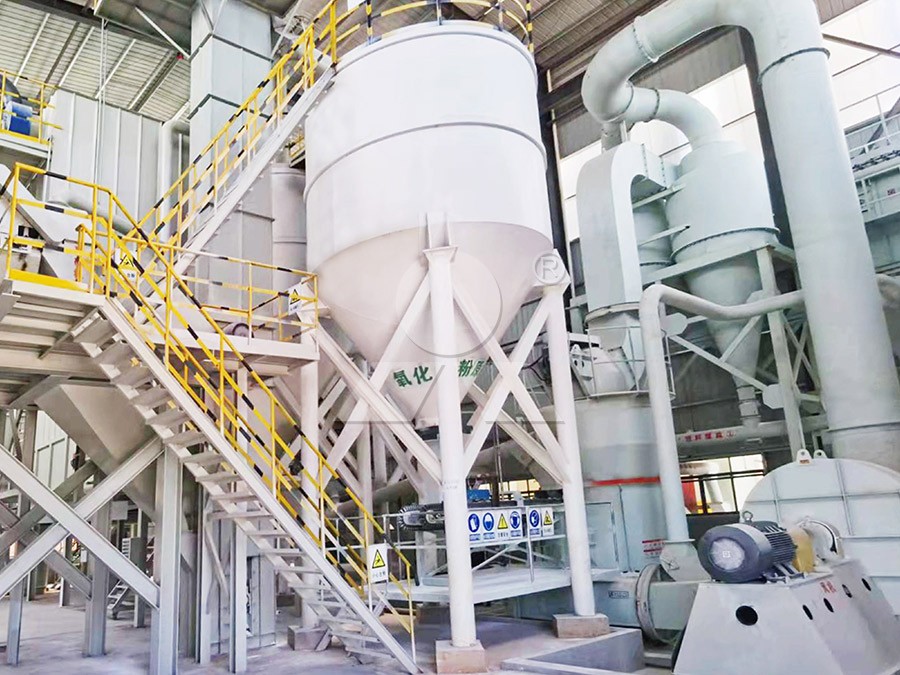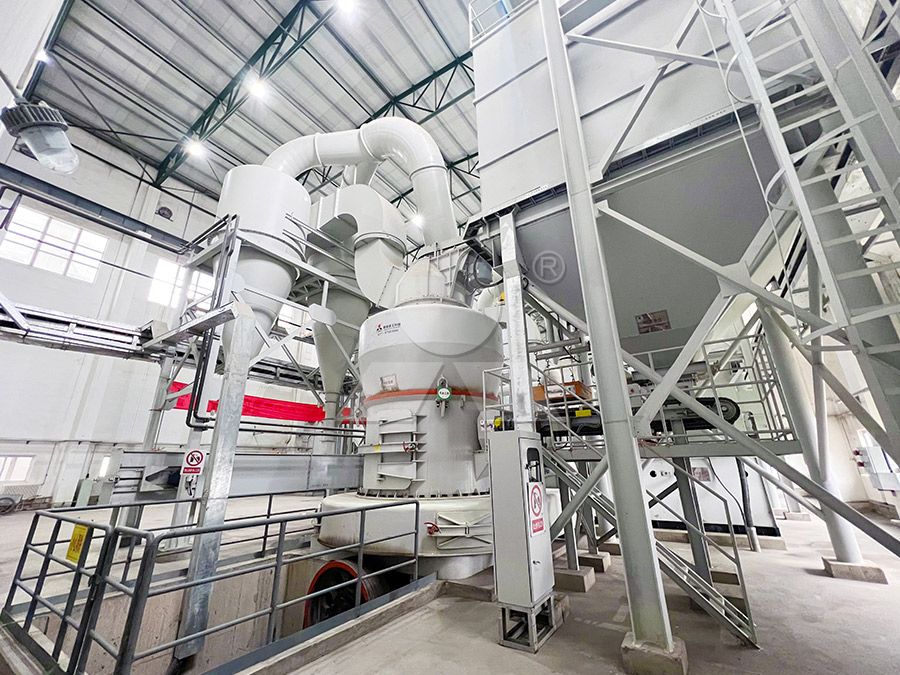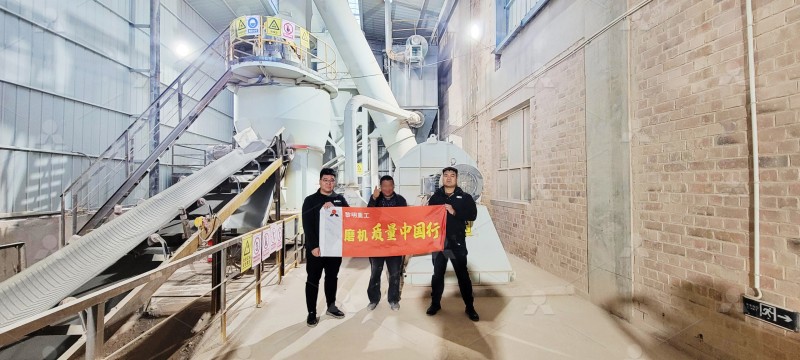How Does a Bentonite Grinding Mill Machine Work?
How Does a Bentonite Grinding Mill Machine Work?
Bentonite processing requires specialized equipment to transform raw clay into fine powders suitable for various industrial applications. The grinding process is fundamental to achieving the desired particle size distribution and activating bentonite’s unique properties.
The Core Grinding Mechanism
At the heart of any bentonite grinding system lies the precision interaction between grinding elements. Most modern mills utilize a combination of rollers and grinding rings or tables to achieve particle size reduction. The process begins with crushed bentonite being fed into the grinding chamber where it’s ground between rotating rollers and stationary grinding surfaces.

As the material passes through the grinding zone, centrifugal force pushes it outward where it encounters the grinding elements. The constant compression and shearing action breaks down the bentonite particles to the required fineness. What makes bentonite particularly challenging is its moisture content and swelling properties, which require mills with robust drying capabilities.
Advanced Separation and Collection
Following the grinding phase, the powdered material enters a critical separation stage. High-efficiency separators, often featuring cage-type rotors, classify the particles based on size and weight. Coarser particles are rejected back to the grinding chamber for further processing, while properly sized particles continue to the collection system.
The air circulation system plays a dual role: it transports the fine powder through the mill and provides necessary drying for moisture removal. Modern systems incorporate pulse-jet dust collectors that efficiently capture the final product while maintaining environmental compliance through advanced filtration technology.

Recommended Solution: MW Ultrafine Grinding Mill
For operations requiring ultra-fine bentonite powders, our MW Ultrafine Grinding Mill represents the pinnacle of grinding technology. This advanced system handles input sizes up to 20 mm with capacities ranging from 0.5 to 25 tons per hour. What sets the MW series apart is its innovative design that eliminates rolling bearings and screws within the grinding chamber, significantly reducing maintenance concerns and potential contamination.
The MW mill features German-engineered cage-type powder selectors that provide precise separation control, allowing fineness adjustment between 325-2500 meshes. With production capacity 40% higher than jet mills and energy consumption reduced by 70%, this system delivers exceptional efficiency for bentonite processing operations.
Alternative Option: LUM Ultrafine Vertical Grinding Mill
For operations prioritizing space efficiency and advanced automation, our LUM Ultrafine Vertical Grinding Mill offers compact design with input sizes up to 10 mm and capacity ranging from 5-18 tph. Its unique roller shell and lining plate grinding curve design ensures optimal material layer formation and superior finished product quality.

Environmental and Operational Considerations
Modern bentonite grinding mills incorporate comprehensive environmental protection features. Efficient pulse dust collectors ensure dust-free operation, while specialized mufflers and noise elimination rooms maintain workplace comfort. The fully sealed systems operate under negative pressure, preventing material leakage and ensuring clean production environments that meet international environmental standards.
Frequently Asked Questions
What makes bentonite challenging to grind compared to other minerals?
Bentonite’s high moisture content, swelling properties, and abrasive nature require mills with robust construction, efficient drying capabilities, and wear-resistant components. The material’s tendency to absorb moisture necessitates closed-system processing with controlled atmospheric conditions.
How important is temperature control during bentonite grinding?
Temperature control is crucial as excessive heat can degrade bentonite’s crystalline structure and reduce its swelling capacity. Modern mills maintain optimal temperatures through controlled air flow and heat exchange systems.
What particle size range can be achieved with modern bentonite grinding mills?
Advanced systems like our MW Ultrafine Grinding Mill can achieve fineness between 325-2500 meshes (approximately 45-5 microns), with some systems capable of reaching even finer specifications for specialized applications.
How do maintenance requirements differ between various mill types?
Maintenance varies significantly by design. Mills without internal bearings and screws, like our MW series, require less frequent maintenance and reduce the risk of mechanical failure. Systems with external lubrication points allow for maintenance without production shutdowns.
What safety features are incorporated in modern bentonite grinding systems?
Contemporary mills include multiple safety systems: explosion-proof designs, pressure relief valves, temperature monitoring, vibration sensors, and automated shutdown protocols to protect both equipment and personnel.
